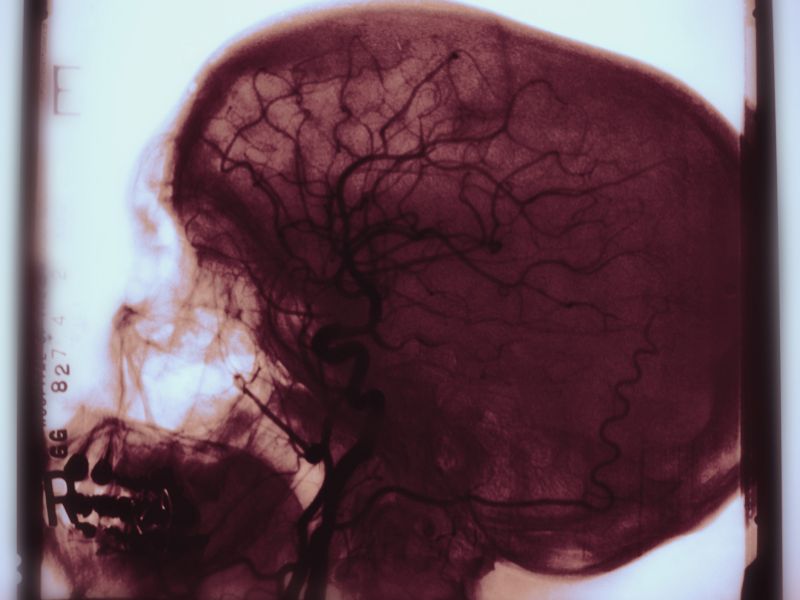

This study will recruit patients who have recently had a submacular haemorrhage (bleed under the part of the retina responsible for detailed vision), as a complication of wet age-related macular degeneration (wet AMD). Wet AMD is a very common disease where abnormal blood vessels form under the retina and leak, causing a significant reduction in vision.
TPa Clot-Busting When a blood vessel in the brain becomes blocked, time is critical. Called a stroke, this blockage means part of the brain may not be getting the oxygen and nutrients it needs. If treatment is delayed, parts of the brain may die. After the catheter is positioned within the blocked artery, tPA can be injected to dissolve the clot. Alternatively, a device can be used to suction the clot (aspiration) or trap the clot and remove it (retrieval).
The study will investigate treatment of the bleed with various combinations of the two drugs: tissue plasminogen activator (tPA) - designed to dissolve the blood clot; and perfluoropropane (C3F8) - designed to shift the blood clot away from the central part of the retina (the macula). tPA is a commonly used 'clot-buster' drug for the treatment of stroke. C3F8 is a gas commonly used in eye surgery. Patients recruited will be divided into four groups: control group that receive none of the above drugs; one group that receives only tPA; one group that receives only C3F8; and one group that receives both.


All patients will receive the current gold standard treatment for wet AMD, ranibizumab (Lucentis®).

Tpa Clot Buster Dangers
The aim of the study is to improve vision in a condition, which left untreated, would cause severe visual loss.